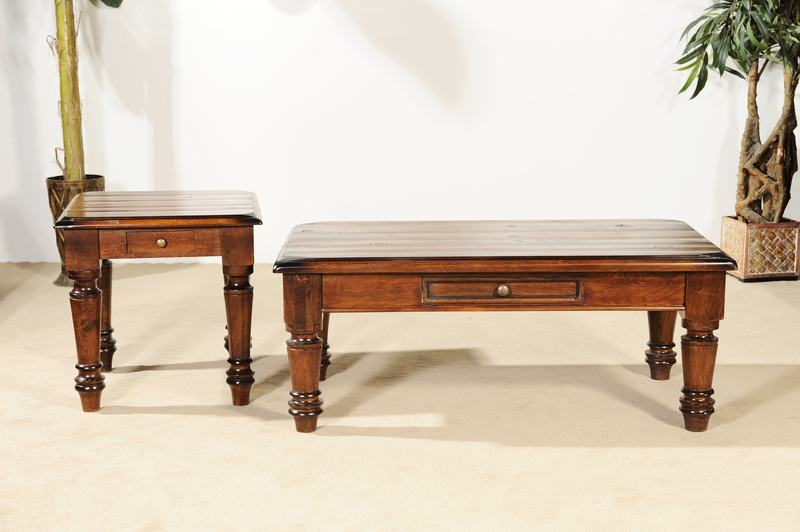How to Prepare Large Furniture for Easy Disposal
Disposing of bulky furniture items can feel overwhelming, whether you're moving, downsizing, upgrading, or simply decluttering your home. Proper preparation is crucial--both to streamline the process and to comply with local disposal regulations. In this comprehensive guide, we'll walk you through how to prepare large furniture for easy disposal, as well as discuss environmentally friendly options and effective strategies to make the process as pain-free as possible.
Why Proper Preparation for Furniture Disposal Matters
- Ease of removal: Well-prepared items are simpler and safer to transport out of your house.
- Cost-effective: Some disposal services charge extra for items that are not broken down, or refuse them altogether.
- Eco-friendly: Preparation can make it easier to recycle or donate.
- Legal compliance: Many municipalities have rules about how bulky items should be prepared for curbside pickup or landfill drop-offs.
Being proactive saves time, money, and can potentially benefit others if your furniture is suitable for donation or repurposing. Read on for a step-by-step breakdown of the best practices for disposing of large furniture pieces.

Step 1: Assess Your Large Furniture
Before you begin the disposal process, evaluate the condition of your furniture. This assessment will determine whether it should be tossed, donated, recycled, or sold.
Ask Yourself:
- Is it still usable or in good condition? If so, consider donation or sale.
- Is it broken, stained, or damaged beyond repair? This may require special disposal or recycling.
- Can it be disassembled easily? Some older furniture is made to last and can be more difficult to take apart.
Step 2: Explore Disposal and Removal Options
Depending on your furniture's condition, you'll want to consider several options for disposal:
- Donation: Local charities, thrift stores, and shelters often accept furniture in good condition.
- Resale: Online marketplaces like Facebook Marketplace, Craigslist, or OfferUp are good platforms.
- Recycling: Some components--even of broken furniture--can be recycled.
- Curbside Pickup or Special Bulk-Item Collection: Your local waste management company may offer this service.
- Junk Removal Service: Fast and convenient, but usually comes with a fee.
- Landfill Drop-off: As a last resort, you can transport items to your local dump.
Contact Local Services and Check Regulations
Always check with your city or county's regulations--some areas require you to schedule large item pickups or follow certain prep procedures. Inquire about:
- Banned items (like mattresses or electronics)
- Scheduled pickup dates
- Preparations needed (e.g., placing items by the curb, wrapping, or labeling)
- Donation criteria or pickup arrangements
Step 3: Disassemble and Prepare Large Furniture
Proper preparation and disassembly make large furniture disposal much more manageable. Here's how:
Gather the Right Tools
- Screwdriver (Phillips and flat-head)
- Allen wrench (hex key)
- Hammer or rubber mallet
- Pliers
- Utility knife
- Protective gloves
- Plastic bags or boxes (for loose hardware)
Step-by-Step Disassembly Process
- Clear a workspace: Move the furniture away from walls and ensure plenty of space for safe dismantling.
- Remove drawers, shelves, and cushions: Take out detachable parts and set them aside.
- Unscrew or unbolt frames: Carefully remove screws, bolts, and fasteners. Place them in labeled bags for easy disposal or recycling.
- Cut upholstery if needed: For upholstered pieces, use a utility knife to slice fabric or padding for easier disposal--some municipalities require separation by material.
- Break down wood or metal frames: If necessary, use a saw to section large pieces.
- Bundle and label components: Tie up wood planks or metal parts for easier carrying and compliance with waste requirements.
Safety Reminder: Wear gloves and take care during disassembly to avoid splinters, cuts, and injuries.
Step 4: Sort and Organize Furniture Parts by Material
Sorting materials helps whether you're recycling, donating, or dumping your furniture. Here's how to distinguish and prepare key components:
- Wood: Remove nails, screws, glues. Untreated lumber can often be recycled or even composted.
- Metal: Separate steel or aluminum for recycling (metal parts fetch good rates at scrap yards).
- Upholstery and Fabric: Remove fabric coverings and foam. Check if your local recycling center accepts these.
- Glass Panels: Tape glass before removing to reduce shattering risks, then wrap well in old blankets or towels.
- Plastic: Some large plastic pieces (legs, shells) can go in plastics recycling--check the type and with your local facility.
For disposal, bundle similar materials together and label bags or packages for easy handling and compliance with regulations.
Step 5: Prep Furniture for Pickup, Drop-off, or Donation
Your final preparation steps depend on your chosen method of large furniture removal:
- Curbside Pickup: Place bundled or disassembled pieces at the specified location on your assigned day. Attach any necessary tags or labels (some areas require scheduling and stickers).
- Donation: Clean the furniture thoroughly and, if required, reassemble for safe transport. Take clear photos in daylight for potential donors or charities.
- Recycling Center or Landfill Drop-off: Load your vehicle with sorted, dismantled pieces. Bring proper identification and proof of residency if required.
- Junk Removal Service: Organize furniture near a main entrance--many companies will handle the heavy lifting, but easier access can reduce fees and save time.
Cleaning and Final Prep
- Wipe down surfaces: Use disinfectant or multi-surface cleaner, especially if the item is going to a new home.
- Remove dust and debris: Vacuum cushions, drawers, and crevices.
- Check for hidden items: Double-check drawers and compartments before removal.
Note: For donations or resale, providing a clean, odor-free item increases its chance of being accepted or sold quickly.
Environmentally Friendly Disposal Tips
Embracing eco-friendly furniture disposal makes a difference to the planet. With a bit of creativity and planning, you can keep bulky items out of landfills.
- Repurpose: Old bed frames and sofas can become benches, shelves, or garden swings.
- Upcycle: Turn wooden panels into planters or wall art; use fabric for craft projects.
- Recycle: Many cities offer "take-back" days or bulk recycling events for furniture parts.
- Donate selectively: Some non-profits focus on specific needs, like providing beds for families in shelters.
- List for free: Websites like Freecycle.org connect people looking to give or receive free items.
Every step you take toward sustainable large-scale furniture disposal helps reduce waste and supports your community.
Common Challenges in Disposing of Large Furniture
- Limited access: Apartments or townhomes with elevators or tight staircases complicate removal.
- Special materials: Items with hazardous materials (lead paint, treated wood, or older upholstery) may need certified disposal.
- Weather: Rain or snow can complicate curbside pickup--use tarps to protect items if you must leave them outside.
- Scheduling: Some areas have only set days or weeks for bulk pickup--plan ahead.
Solution: Contact removal companies for challenging situations or inquire with your city for special assistance programs.
Frequently Asked Questions About Preparing Large Furniture for Disposal
Q1: What happens if I leave large items at the curb without disassembling them?
Many municipalities will not collect oversized or unprepared items. They may leave them behind or issue a fine. Always check guidelines and prepare accordingly.
Q2: Can I dispose of upholstered furniture in a landfill?
This depends on your local laws. Some landfills will not accept upholstered items or may require you to remove fabric and padding first. Consult your city's waste management department.
Q3: Are there free ways to dispose of large furniture?
Yes--charity donations, giving away to friends, and local free pickup days are budget-friendly options. Some areas also host seasonal bulk waste collection events.

Key Points for a Smooth Large Furniture Disposal Experience
- Plan ahead and know your options: donation, recycling, sale, or landfill.
- Break down items as much as possible for easy handling.
- Follow local rules for bundling, tagging, and scheduling pickups.
- Clean and inspect furniture for hidden belongings or residue.
- Choose eco-friendly options whenever you can.
Conclusion: Simplify the Process of Large Furniture Removal
Properly preparing your big, bulky furniture for disposal not only makes your job easier--it saves money, minimizes risk, and can even benefit your neighbors or local charities. The keys to success are planned disassembly, material sorting, and choosing the right removal method for your area and furniture's condition.
Whether you're preparing large furniture for disposal through donation, recycling, or landfill drop-off, following the above steps ensures a smooth, safe, and responsible process. Your effort makes a positive impact on your home, your community, and the environment.
Ready to tackle your next big furniture disposal project? Use this guide as your roadmap for hassle-free, eco-friendly, and efficient removal.